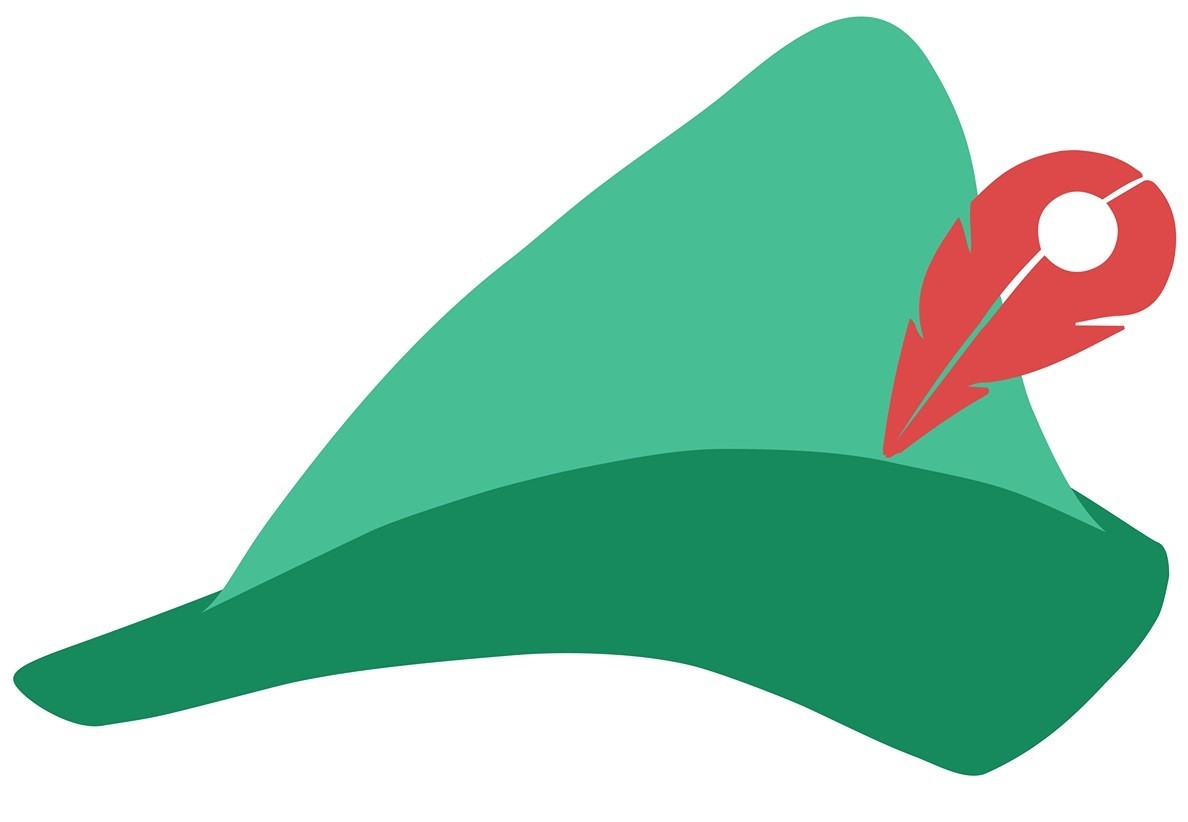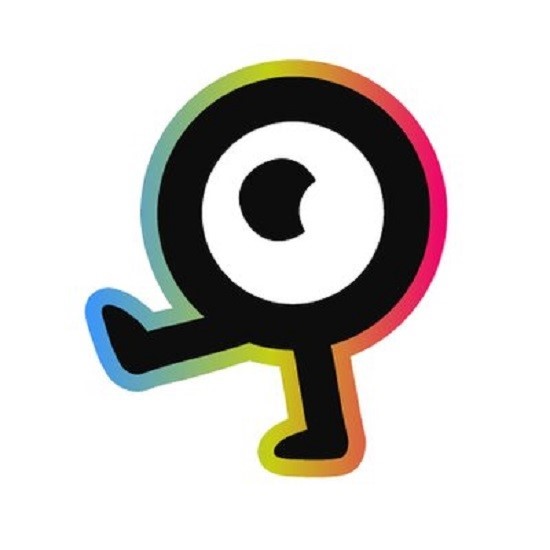Despite the use of walking canes, guide dogs, help from strangers, and popular navigational apps like Google Maps,
Clark Rachfal, director of advocacy and governmental affairs for the
American Council of the Blind, said losing your way is still a huge issue for many blind and low-vision people. Simply hearing directions from an app like “in 500 feet turn right” often isn’t enough information to guarantee independence and safety.
اضافة اعلان
“We travel our familiar routes because we know the path is accessible and we know our familiar landmarks,” he said.
That may change, though, with the release of new apps specifically designed with pedestrians and accessibility in mind. Thanks to improvements in mapping technology and smartphone cameras, a number have emerged with features like indoor navigation, detailed descriptions of the surrounding environment and more warnings about obstacles.
“We’re still early on. These technologies have just been popping up over the last 10 years,” Rachfal said. “I think there’s a lot of mainstream potential to providing greater access to transportation and information for people with disabilities and the broader community.”
 (Logo: MapInHood)
(Logo: MapInHood)
One example is
MapInHood, which has only been released in Toronto. (The company’s app listing says it plans to expand in the coming months if it generate enough funding.) It was designed to assist blind people but could have mainstream appeal.
The app provides personalized navigation that allows pedestrians to access information about potential obstructions including sidewalk traffic, construction hazards, which intersections have accessible curb cuts, bicycle parking, and the locations of benches, food carts and water fountains. It also offers navigation that avoids stairs, steep slopes or all obstacles — tools that help disabled people but can also benefit someone carrying a suitcase or pushing a stroller.
 (Logo: NaviLens)
(Logo: NaviLens)
Another app, called
NaviLens, uses colorful QR codes with large boxes that can be scanned by a smartphone from up to 40 or 65 feet away, depending on the size of the QR code sign. The codes trigger your phone to provide information about the point of interest in front of you, and “ding” as you face the sign, while also telling you exactly how far away you are.
This can help blind people better pinpoint bus stations or subway station entrances, while also allowing them to get accurate location information in situations where a GPS signal is unreliable, like underground or in towering urban jungles. The information is also offered in up to 34 languages, making it a potential tool for travelers who may not speak the local language.
But in order for this app to be integrated into an everyday commute, cities, towns and organizations all over the world would also need to install signs with the QR codes along routes — a tall order.
Many of these apps are based on existing, open-source mapping data, such as
OpenStreetMap, a free, editable map of the world created by thousands of volunteers.
One potential problem is that anyone can change these maps and put in incorrect information, and OpenStreetMap relies on other contributors and volunteers to catch inaccuracies and correct them. Other apps using crowd sourced information, such as MapInHood, would have to contend with the same issue.
These apps show enormous promise, but some are cautious. Roland Allen, a cane travel instructor at the Louisiana Center for the Blind, has downloaded a few of them, but doesn’t believe that they will ever fully replace his cane. He’s wary of solely relying on phone technology, which is expensive, can come with glitches, and could leave someone stranded if their battery died.
“My personal belief is that the technology is something you use only if you can’t do it independently first,” he said.
However, he said that as long as apps were affordable and provided something he couldn’t already do with canes or guide dogs, he was in full support of developing these new technologies. He also added they must be compatible with other tools blind people use. This means they should be relatively hands-free and should deliver information effectively.
Besides being useful for blind and low-vision people,
Greg Stilson, head of global innovation at the American Printing House for the Blind, said he believes that the apps that ultimately succeed will be those that provide benefits besides accessibility — helping hospitals keep track of equipment or assist warehouses in tracking products, for example — and require very little additional infrastructure (signage, Bluetooth connectivity and the like) to set up.
As technology gets better at recognizing or guiding people through obstacles and pathways, Stilson said, these types of apps could eventually give way to some sort of autonomous pedestrian navigation tool, much like self-driving cars, but for sidewalks.
“That’s potentially the next big frontier,” he said. “Maybe it’s not mapping out the exact space, but maybe it’s helping a blind person navigate in real time.”
Another big frontier, he added, is indoor mapping technology. Many navigation apps today stop at the door, right when getting around can become even more challenging for people who are blind or have low vision.
But some apps, like
GoodMaps, are starting to venture into creating navigational tools for indoor spaces like airports, train stations, office buildings, malls and hospitals.
GoodMaps uses a 3D environment mapping technology called Lidar (light detection and ranging) — which can detect distances to surrounding objects — to scan indoor buildings and spaces. With these scans, GoodMaps creates maps that it uploads onto a cloud service.
Building owners control access to the map, but assuming it is available, anyone can use it, pointing their phone around the space. The app will then compare the image on the phone with the image in the cloud, telling users where they are, giving them directions or announcing out loud what is around them.
“You as a sighted person are going to be able to enter more and more buildings and find your way around more quickly than ever before because of the work we’re doing of enabling accessible navigation,” said
José Gaztambide, chief executive of GoodMaps.
He added that the company is also developing a version of the app for people without vision issues (using text displays instead of audio announcements), and foresees a world in which someone could go into a store looking for a specific item and navigate directly to it without needing to wander the aisles.
Whether this vision — or that of other accessible-navigation app developers — comes to fruition depends on how many people hit download.
Read more Technology



